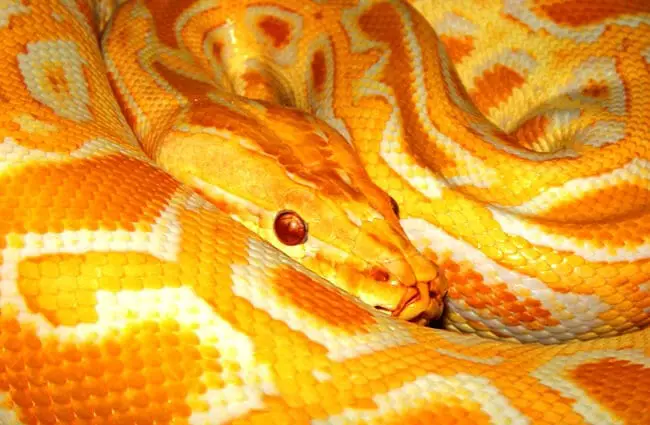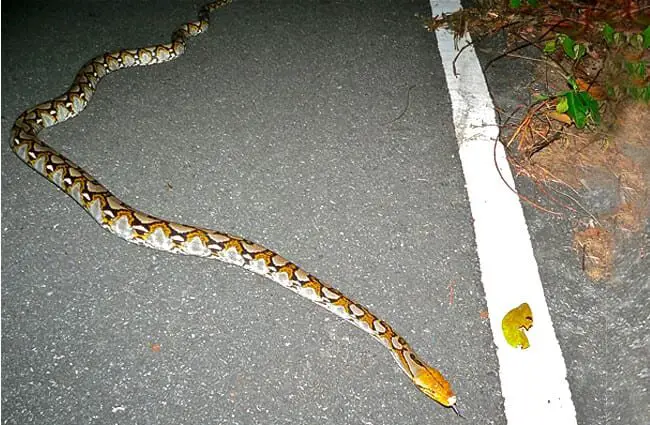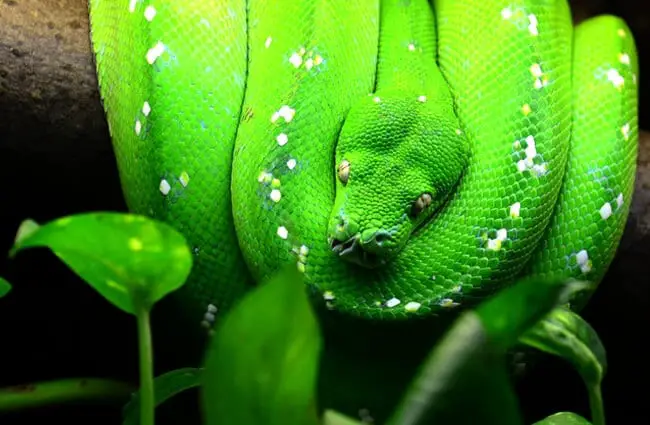The world of snakes evokes both fascination and a healthy respect. Among these incredible creatures, pythons stand out as some of the most impressive and ecologically important. This comprehensive guide delves into the lives of pythons, exploring their natural history, behavior, and their place in the global ecosystem. From their evolutionary origins to their interactions with humans, we’ll uncover the many facets of these remarkable reptiles.
What is a Python?
Pythons are nonvenomous constrictors belonging to the family Pythonidae. These snakes are found primarily in Africa, Asia, and Australia, with a remarkable diversity in size, color, and habitat. They are characterized by heat‑sensing pits on their heads, allowing them to detect warm‑blooded prey even in complete darkness. Pythons are ambush predators, patiently waiting for unsuspecting animals to come within striking distance.

Evolutionary History
The earliest known python fossils date back to the early Cretaceous, roughly 110 million years ago. These early pythons were relatively small, terrestrial snakes. Over millions of years, they diversified and spread across the continents, adapting to a wide range of environments. The ancestors of modern pythons likely originated in Africa or Asia and subsequently dispersed to other parts of the world. Their ability to adapt and thrive has made them one of the most successful snake families.
Habitat and Distribution
Pythons occupy a wide range of habitats, including rainforests, grasslands, swamps, and semi‑arid regions. They are found throughout Africa, Asia, and Australia, with the highest species diversity in Southeast Asia. Different species exhibit distinct habitat preferences. For example, the reticulated python favors wetlands and forests, while the African rock python inhabits arid scrublands. The Burmese python is found in grasslands and swamps. Their adaptability has allowed them to colonize diverse environments.

Diet and Hunting Strategies
Pythons are carnivores, feeding on a variety of mammals, birds, and reptiles. Their diet varies with their size and the availability of prey. Smaller pythons typically consume rodents and birds, while larger species can take down larger mammals such as deer and even livestock. They are constrictors, meaning they kill their prey by squeezing it until it suffocates. They use powerful muscles to coil around their prey, tightening their grip with each exhale. Once the prey is dead, they swallow it whole. Heat‑sensing pits on their heads help them locate warm‑blooded prey, even in darkness.
Reproduction and Life Cycle
Pythons are oviparous, meaning they lay eggs. Female pythons typically lay a clutch of eggs in a sheltered location, such as a hollow log or a burrow. They then incubate the eggs by coiling around them and shivering to generate heat. The incubation period varies depending on the species and the ambient temperature. Once the eggs hatch, the young pythons are independent and must fend for themselves. They grow rapidly, shedding their skin multiple times as they increase in size. Pythons can live for several decades, with some individuals exceeding 30 years in captivity.

Courtship Rituals
Courtship rituals in pythons can be complex and involve elaborate displays of behavior. Males may engage in “combat dances” to compete for the attention of females. These dances involve intertwining bodies and attempting to push each other over. The winner of the dance earns the right to mate with the female. During mating, the male inserts one of his hemipenes into the female’s cloaca.
Ecological Role and Interactions
Pythons play an important role in their ecosystems as apex predators. They help regulate populations of rodents and other prey animals, preventing outbreaks and maintaining ecological balance. They also serve as prey for larger predators, such as crocodiles and birds of prey. Their presence indicates a healthy ecosystem. However, in some areas, pythons have become invasive species, disrupting native ecosystems and preying on endangered species. The Burmese python in Florida is a prime example of this phenomenon.
Pythons and Humans
Humans have a long and complex relationship with pythons. In some cultures, they are revered as symbols of power and fertility and are often featured in myths and legends. In other cultures, they are feared and hunted. Python skin is used to make leather goods, such as bags and shoes. Python meat is also consumed in some parts of the world. However, the exploitation of pythons for commercial purposes has led to population declines in some areas.

Encountering a Python in the Wild
If you encounter a python in the wild, it is important to remain calm and avoid provoking it. Slowly back away and give it plenty of space. Do not attempt to handle or capture the snake. Remember that pythons are not venomous, but they can inflict a painful bite. If you are bitten, seek medical attention immediately.
Caring for Pythons in Captivity
Caring for pythons in captivity requires specialized knowledge and equipment. They need a large enclosure with appropriate temperature and humidity control. They also require a varied diet of appropriately sized prey. It is important to provide them with enrichment to stimulate their natural behaviors. Regular veterinary checkups are essential to ensure their health and well‑being. Avoid handling them immediately after they have eaten or during shedding.
Interesting Facts
- The reticulated python is the longest snake in the world, reaching lengths of over 30 feet.
- The green tree python is known for its vibrant green coloration.
- Some python species can go for months without eating.
- Pythons have a remarkable ability to constrict their prey with incredible force.
- Female pythons often guard their eggs until they hatch.
- Pythons shed their skin in one complete piece, revealing a new layer underneath.



Pythons are truly remarkable creatures, playing a vital role in the ecosystems they inhabit. From their evolutionary history to their complex behaviors, they continue to fascinate and inspire. By understanding these magnificent reptiles, we can better appreciate their importance and work toward their conservation for generations to come.

![Red Angus Closeup of a beautiful Red Angus cowPhoto by: U.S. Department of Agriculture [pubic domain]https://creativecommons.org/licenses/by/2.0/](https://animals.net/wp-content/uploads/2020/03/Red-Angus-4-238x178.jpg)




![Red Angus Closeup of a beautiful Red Angus cowPhoto by: U.S. Department of Agriculture [pubic domain]https://creativecommons.org/licenses/by/2.0/](https://animals.net/wp-content/uploads/2020/03/Red-Angus-4-100x75.jpg)

